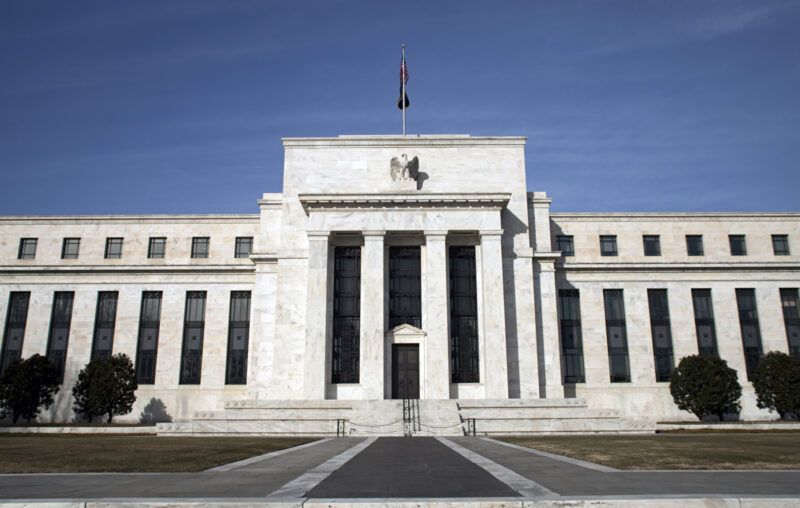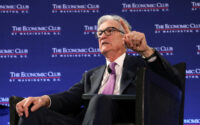The Unquestioned Monopoly | AIER

This article originally appeared at Economic Forces.
Brian Albrecht and I spend a lot of time at Economic Forces discussing monopoly. There is a lot to write about. For example, the concept of a monopoly seems easy enough to write about. A monopoly is a firm that is the only producer of a particular product. However, if you push on the definition of monopoly, things get a little murky. Does Coca-Cola have a monopoly? Well, yes they do. They are the only firm that produces Coca-Cola. The recipe is a secret. No one else can make Coca-Cola. But can we really say that Coca-Cola is a monopoly? Doesn’t the firm face competition from Pepsi? In fact, one might argue that Coca-Cola faces competition from any type of drink. Defining the market is difficult.
Nonetheless, there was a time when it wasn’t so difficult to figure out whether a firm was a monopoly. There was a time when governments would grant monopolies in exchange for financing government debt or raising revenue. (We know how that worked out.)
Today, monopoly is considered bad. In comparison to competitive markets, monopolists leave potential gains from trade unexploited. In other words, there are people whose willingness to pay exceeds the marginal cost of the monopoly’s production. If the monopoly has no way of charging different prices to different people, it has no incentive to offer a lower uniform price, even when these gains from trade are possible, because doing so would result in a reduction in profit.
Nevertheless, despite the arguments made against monopoly and the arguments made in favor of competition, there is one monopoly that largely goes unquestioned. I’m referring, of course, to the monopoly over currency issuance.

It was not always the case that currency was issued by a monopoly. There was a time when bank notes were issued by individual banks, and were redeemable for some type of precious metal. These sorts of arrangements had varying degrees of success. For example, in Scotland, free banking seemed to work rather well. The free banking period in the U.S. was not quite as successful, but the costs are often overblown and the problems with this system seemed to have more to do with government regulation than some sort of inherent flaw. In addition, both theory and evidence suggest that a competitive note-issuing banking system in which the supply is demand-determined performs better than one in which the banks are subject to restrictions on supply.
So what is the justification for a monopoly over currency issuance?
We might start by thinking about conventional justifications for monopolies more generally.
One argument for a monopoly is that the good will be under-provided by the market. In this case, the argument goes, the government should step in and be the sole producer of the good. This occurs, for example, in the case of public goods. A public good is a good that is not excludable (no one can be excluded from using the good) and non-rivalrous (one person’s use of the good does not affect someone else’s ability to use it). However, currency is both excludable and rivalrous. Thus, the public good argument doesn’t seem to work.
Another argument might be that producing currency is a natural monopoly. This occurs when the average cost of production falls as production increases. In this case, it makes sense to have a monopoly because one firm can produce the same quantity of a particular good at a lower cost than two or more firms. Initially, this might seem to have some validity. After all, the cost of producing a $1 bill is essentially the same as the cost of producing a $100 bill. However, this ignores other costs associated with currency issuance.
Think about the competitive supply of bank notes under a commodity standard. An expansion of note issuance can increase profitability if the marginal revenue exceeds the marginal cost. The printing of the bank notes is only one aspect of cost. Banks that competitively supply bank notes need people to hold those notes in order to profit. This requires convincing people that they should hold these notes. Banks therefore compete on reputation. In addition, excess note issuance relative to the underlying commodity reserves entails significant costs if the bank is subject to a wave of net redemptions. Thus, expanding the balance sheet of the bank likely entails costs to establish and maintain the balance sheet that are at least proportional to the size of the balance sheet. This is hardly an example of declining average costs. Thus, this argument doesn’t seem to work either.
One might counter this by saying that I cheated. After all, I am referring to competitive note issuance under a commodity standard. We live in a fiat standard. Perhaps fiat money is a natural monopoly. However, one wonders what this would even mean. Fiat money did not emerge spontaneously in a competitive market, but was rather imposed from the top down. Furthermore, the monopolization of currency issuance occurred prior to fiat money. Thus, it seems a rather dubious argument to suggest that a monopoly over note issuance was granted in anticipation of a future world in which a natural monopoly over fiat currency would be required for efficiency.
A final argument that might be considered concerns information. It is often claimed that having too many different brands of currency might impose costs on consumers. How can consumers recognize good money from bad money? It is apparently too costly to obtain information on so many different brands of money (and apparently more costly than different brands of nearly any other consumer good). But too costly relative to what? Consumers in Argentina or Venezuela would almost certainly be willing to pay such a cost to avoid the rampant inflation produced by their currency monopolies.
This costly information argument also ignores the degree to which public information would change in a world with competitive currencies. Specialist middlemen would emerge to provide information about different issuers. In addition, the issuers of currency themselves would have an incentive to develop a reputation for sound operating practices. For examples, one needn’t look any further than bank advertisements from the days of competitive banking. Instead of attractive looking people posing in front of an ATM, banking ads of those days advertised the strength of the bank’s balance sheet and the members of its board of directors. Since issuers of competitive currencies compete on reputation, they have an incentive to provide this sort of information to potential customers.
Thus, the costly information argument doesn’t seem to work well either.
In short, none of the conventional justifications for monopoly seem to fit when it comes to currency. Nonetheless, this monopoly has largely gone unquestioned in contemporary discussions outside of a small group of academics like Larry White and George Selgin. In fact, for some time it has seemed taboo to even mention an alternative to the currency monopoly. This seems to have changed with the emergence of bitcoin and other cryptocurrencies. Some see these new, digital assets as a way to return to a competitive system. Central bankers seem quite concerned that their monopoly might erode.
[ad_2]
Source link


